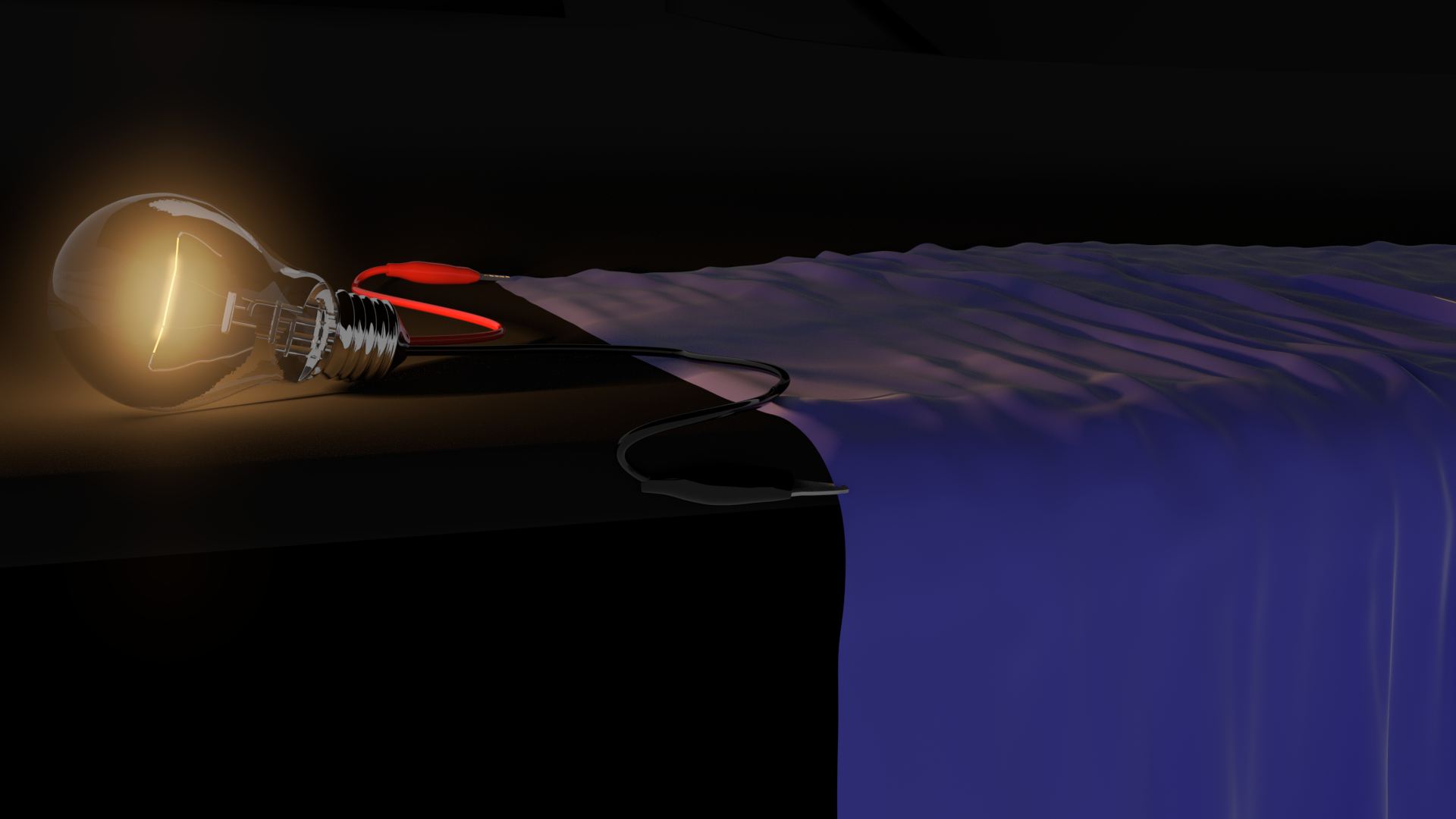Thermoelectric Technology – Published Review Article

Recently, the laboratory of organic electronics at Linkoping University, Sweden in collaboration with the University of Tsukuba and the National Institute for Materials Science (NIMS) in Japan have published a review article compiling recent research on thermoelectric technology in regard to energy generation.
Thermoelectric technologies work on a temperature gradient to convert thermal energy into electricity. Within this review the authors describe the latest research being conducted on inorganic and organic materials for use thermoelectric generators.
One exciting avenue of research that new material developments are opening up is the use of thermoelectric energy harvesters used in wearable electronics, essentially using body heat as an energy source. These advances in material technology could lead to smaller devices due to less demands on energy storage since the energy is constantly being generated.
Here’s what first author Dr. Ioannis Petsagkourakis had to say about the recent publication:
‘This collaborative review article summarizes many recent research publications, including some of our own, focusing on the materials and applications of thermoelectric technology as well as delving into the fundamentals behind the strategies to improve the current state-of-the-art. We included developments on both inorganic and organic systems to ensure readers are provided with a full snapshot of the thermoelectric technology.’
The review article was published in the journal of Science and Technology of Advanced Materials and can be found here: https://www.tandfonline.com/doi/full/10.1080/14686996.2018.1530938?fbclid=IwAR019DX2X5PR19x9b48Ej8EDSYOUgU9ejhUrTG9CmDPrag2Yz3g2rI4tVMY
Conceptualized.tech helped out Ioannis and his co-authors with a simple image of a light bulb.
concept conceptualize conceptualized engineering hitech journal materials sciart scicomm science scientific tech technology thermoelectric

